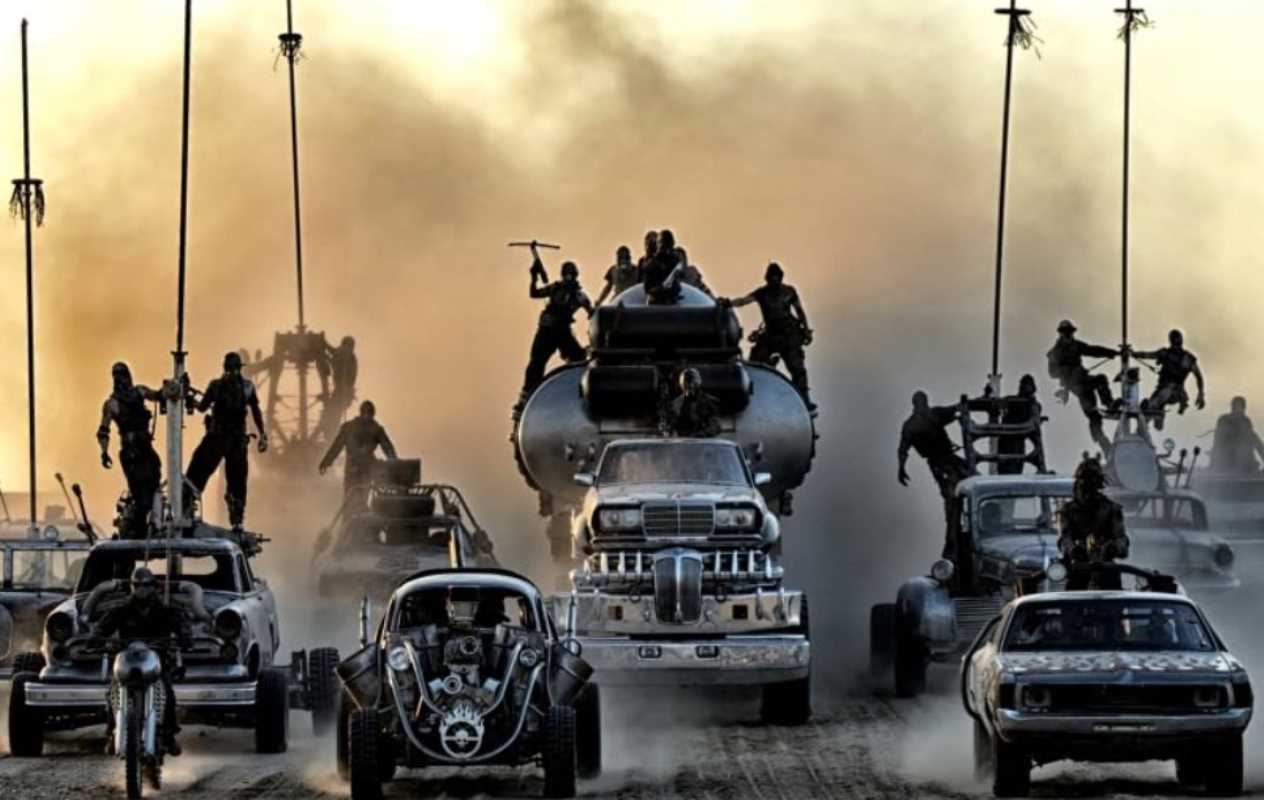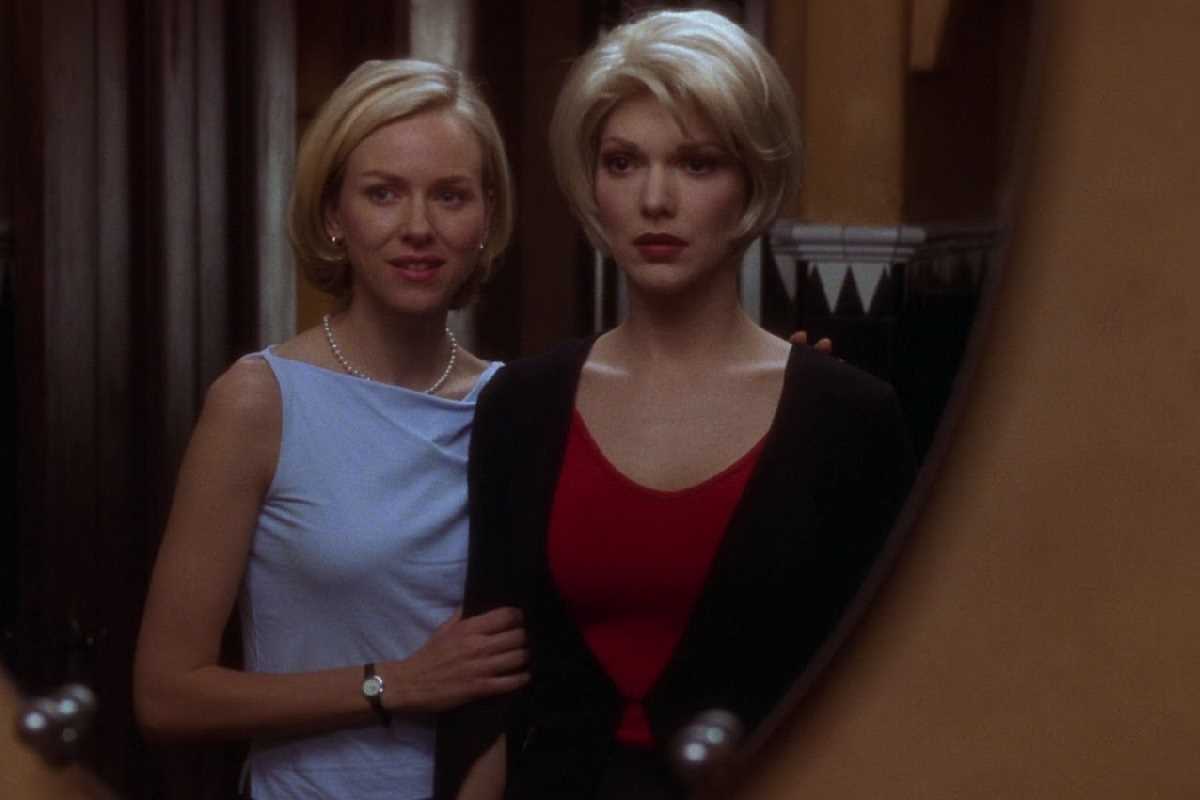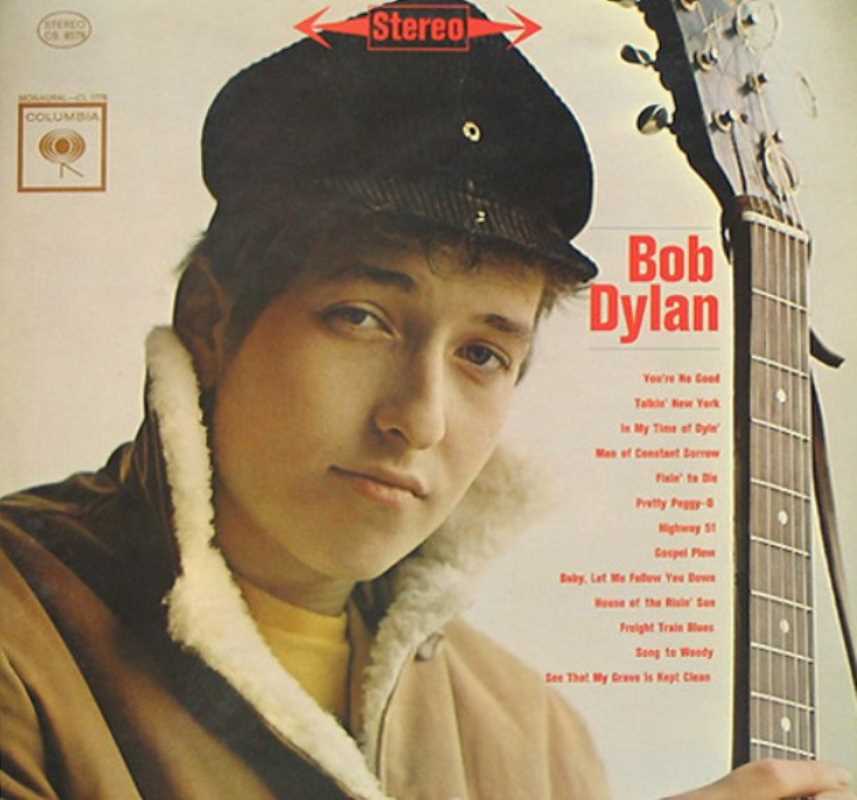When George Miller’s Mad Max: Fury Road roared into theaters in 2015, it wasn’t just another summer blockbuster but a seismic shift in the action genre. The film redefined what action cinema could achieve with its relentless pacing, practical effects, and bold visual storytelling. Miller delivered a high-octane spectacle that eschewed conventional storytelling in favor of pure, kinetic energy, immersing audiences in a brutal, post-apocalyptic world. More than just a thrill ride, Fury Road challenged traditional gender roles, embraced environmental themes, and demonstrated how action movies could be both artistic and narratively compelling. It remains a landmark in modern filmmaking.
A New Standard for Practical Effects
One of Fury Road's most striking aspects is its commitment to practical effects. In an era where CGI dominates blockbuster filmmaking, Miller chose to rely heavily on real stunts, vehicles, and explosions to create a visceral, grounded experience.
- Authentic Stunts: The film’s breathtaking action sequences, including vehicles flipping, crashing, and exploding, were performed by stunt teams with minimal CGI enhancement. The danger and physicality of these stunts added weight and tension to every moment.
- Immersive Worldbuilding Through Design: Every vehicle was meticulously crafted and functional, from the monstrous War Rig to the flame-spewing Doof Wagon. These designs weren’t just props but extensions of the characters and the chaotic world they inhabited.
- CGI as a Supporting Tool: While Miller used CGI sparingly, it enhanced practical effects, such as extending landscapes and removing safety rigs. This hybrid approach ensured the visuals felt real without sacrificing scale or spectacle.
By prioritizing tangible effects, Fury Road offered a refreshing departure from the over-reliance on digital effects, setting a new benchmark for authenticity in action cinema.
Redefining Narrative Through Action
The movie is often praised for its minimal dialogue and stripped-down plot, yet it delivers an emotionally resonant story through its relentless action.
- Plot as Momentum: The film’s story—essentially an extended chase across the desert—unfolds in near real-time. This simplicity allows the action to drive the narrative, with character development and worldbuilding emerging organically from the chaos.
- Show, Don’t Tell: Miller trusts the audience to piece together the details of the world and its characters through visual storytelling. For instance, Immortan Joe’s oppressive rule and the plight of the Wives are conveyed through costume design, props, and environment rather than exposition.
- Emotional Stakes in Action: Every chase and battle sequence carries emotional weight, from Furiosa’s desperate quest for redemption to Nux’s journey from a brainwashed zealot to a self-sacrificing hero. This depth elevates the action, making it more than just a spectacle.
Fury Road redefined how narratives could be told in the genre by using action as a storytelling device rather than a placeholder for the plot.
A Bold Vision of Feminism
While the Mad Max franchise traditionally focused on its titular character, Fury Road shifted its attention to Charlize Theron's Imperator Furiosa. Her arc and the film’s portrayal of gender dynamics challenged stereotypes and expanded the boundaries of the action genre.
- Furiosa as the Heart of the Story: The film's emotional core is Furiosa’s mission to free Immortan Joe’s enslaved Wives and return to her homeland. Her strength, resourcefulness, and leadership redefine what a female action hero can be.
- The Wives as Characters, Not Props: The Wives, portrayed by actresses including Rosie Huntington-Whiteley and Zoë Kravitz, are not passive damsels in distress. They actively resist their oppressor and contribute to the group’s survival, embodying themes of agency and solidarity.
- Mad Max as a Supporting Character: Tom Hardy’s Max takes a backseat, serving as an ally rather than a savior. This subversion of traditional male heroism highlights the importance of collective action over individualism.
The film’s feminist undertones sparked both praise and controversy, but there’s no denying its impact on the genre. Fury Road proved that action films could center on women’s stories without compromising intensity or commercial success.
Visual Storytelling Mastery
Miller’s direction and the film’s visual style were instrumental in redefining the action genre.
- Striking Color Palette: Fury Road embraced bold colors, unlike the muted tones common in post-apocalyptic films. The desert's fiery oranges contrasted with the nighttime sequences' icy blues, creating a vivid and dynamic aesthetic.
- Kinetic Camera Work: Cinematographer John Seale’s wide shots and dynamic framing ensured that every action scene was thrilling and easy to follow. The camera’s focus always guided the viewer’s eye, avoiding the disorienting chaos often associated with fast-paced editing.
- Symbolism Through Design: Immortan Joe’s Citadel, the Wives’ flowing white garments, and Furiosa’s grease-streaked face all served as visual metaphors, reinforcing themes of oppression, purity, and resilience.
By prioritizing clarity and artistry in its visuals, Fury Road demonstrated that action movies could be as visually sophisticated as they are exhilarating.
Challenging Themes in a Chaotic World
Beneath its adrenaline-fueled exterior, the movie grapples with weighty themes that give it lasting relevance.
- Environmental Collapse: The desolate wasteland and scarcity of resources reflect concerns about climate change and environmental degradation.
- Tyranny and Rebellion: Immortan Joe’s hoarding of water and exploitation of the weak serve as an allegory for authoritarian regimes and economic inequality.
- Redemption and Survival: Furiosa’s quest and Max’s reluctant involvement highlight the resilience of the human spirit and the possibility of redemption, even in a world consumed by violence.
These themes add depth to the film, making it more than just a visceral experience—it’s a thought-provoking commentary on contemporary issues.
 (Image source: Village Roadshow Pictures; RatPac-Dune Entertainment; Kennedy Miller Mitchell)
(Image source: Village Roadshow Pictures; RatPac-Dune Entertainment; Kennedy Miller Mitchell) 





